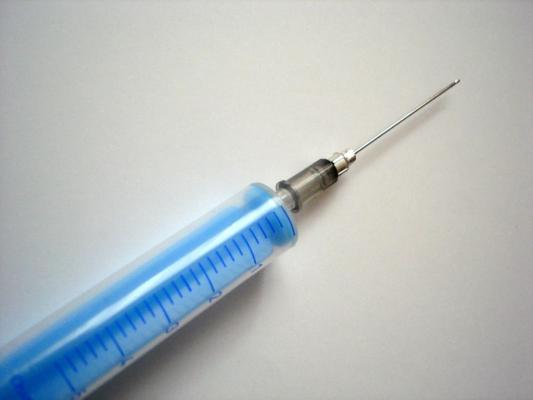
September 15, 2014 — High-risk prostate cancer patients who receive radiation therapy (RT) and an 18-month course of androgen deprivation therapy (ADT) recover a normal testosterone level in a shorter amount of time compared to those who receive a 36-month course of ADT, thus resulting in a better quality of life (QOL) and without detriment to long-term outcomes, according to research presented at the American Society for Radiation Oncology’s (ASTRO’s) 56th annual meeting.
Researchers analyzed data from 561 patients with high-risk prostate cancer from a multi-center, randomized phase III trial in Canada (PCS IV clinical trials, Gov. # NCT 00223171). The patients received RT and long-term ADT. A common ancillary treatment for prostate cancer, ADT reduces levels of androgen hormones in order to prevent prostate cancer cells from growing.
Patients were randomized into two groups—one group of 289 patients who received 18 months of androgen deprivation therapy and RT, and a second group of 272 patients who received 36 months of ADT and RT. In both groups, RT started four months after the beginning of ADT.
Patients’ serum testosterone levels were measured at baseline and then at each follow-up visit to assess testosterone levels and recovery time. “Abnormal testosterone” was defined as below the normal level. (This study defined normal testosterone level as the normal ranges given by each hospital lab participating in the trial.) The time to testosterone recovery between the two groups was compared via Kaplan Meier and log rank tests. All items and scales scores were analyzed with general linear model and repeated measures. Researchers evaluated changes between patients who did recover normal testosterone levels over time, versus those who did not.
With a median follow-up time of 84 months, 55.7 percent (161) patients in the 18-month ADT group recovered normal testosterone levels. In comparison, 44.9 percent (122) patients of the 36-month ADT group recovered normal testosterone levels. Additionally, median time to testosterone recovery was shorter (47.2 months; range 40.1 – 54.3 months), in the 18-month ADT group, compared to the 36-month ADT group (73.2 months, range 58.3 – 88.2 months.)
Patients’ QOL measurements were assessed using two validated tools: a 30-item questionnaire (EORTC30) and a 25-item questionnaire (EORTC PR25). The 55 items were regrouped into 21 scales; all items and scales scores were linearly transformed to a 0 to 100-point scale. Patient-reported questionnaires were completed before treatment; every six months during ADT; four months post-ADT; and then once a year for five years after treatment. For patients who developed biochemical failure (elevated prostate specific antigen (PSA) levels),QOL evaluations ceased upon beginning a new course of ADT.
When comparing QOL between patients who recovered normal testosterone with those who did not, patients with testosterone recovery had a better QOL: 26 of 55 items and 12 of 21 scales were statistically significant. Similarly, 5 of 26 items and 1 of 21 scales that reached statistical significance were also clinically relevant.
“The results of the analysis are not surprising considering the side effects of ADT, and that testosterone recovery has significant impact on patients’ improved quality of life,” said lead author Abdenour Nabid, M.D., a radiation oncologist at Centre Hospitalier Universitaire de Sherbrooke and an associate professor at the University of Sherbrooke in Quebec, Canada. “In high-risk prostate cancer, the current guideline for ADT duration is between two and three years. Because of improvement in testosterone recovery and quality of life, a good first step could be to choose ADT for two years until we obtain the final results of the ongoing phase III PCS IV trial, which compares 18 months of ADT to 36 months of ADT.”
The abstract, “Quality of Life in Patients with Testosterone Recovery after Long Term Androgen Deprivation Therapy for High Risk Prostate Cancer,” was presented in detail during a scientific session at ASTRO’s 56th Annual Meeting.
For more information: www.astro.org


 December 11, 2025
December 11, 2025 









